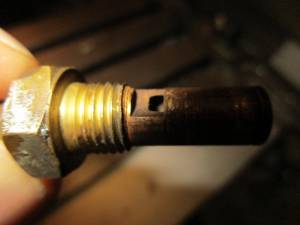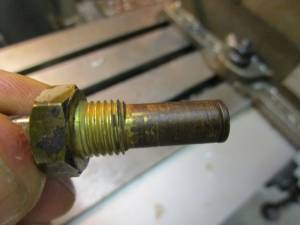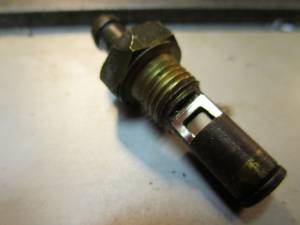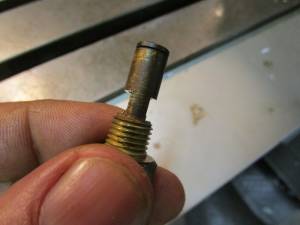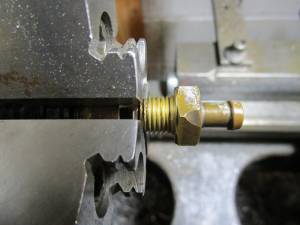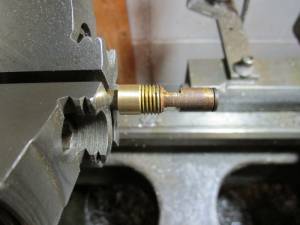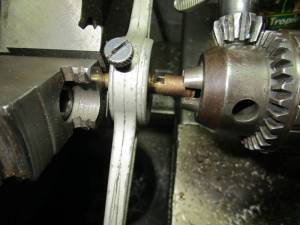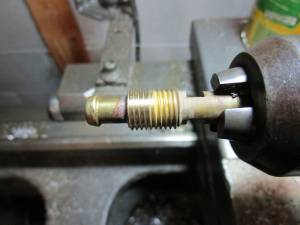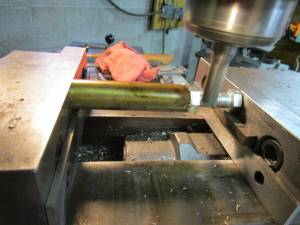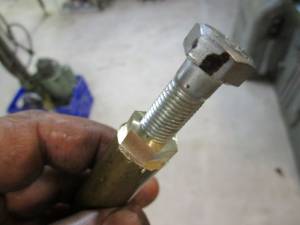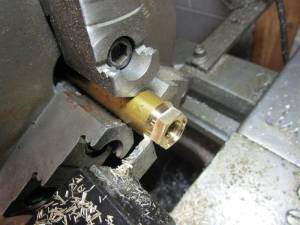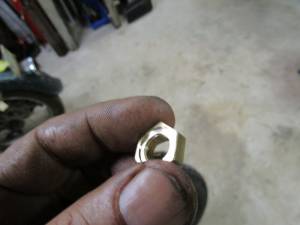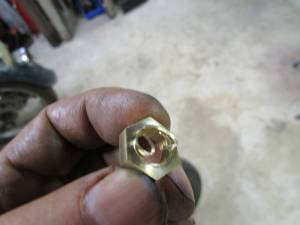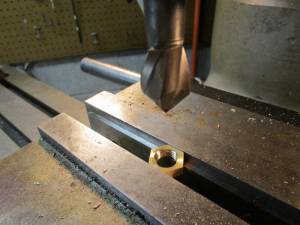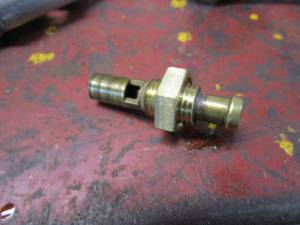Table of Contents
This is an old revision of the document!
IH: Carburetor, Intake Manifold & Exhaust Systems - Sub-01C
Linkert Carb Functions, Adjustments, Tuning
Needle Seat
Determine if you have DC1 or DC2 inlet seat (these have one “window”).
If so you need to open the second window as the DC6,7,10 and 12 have.
If so, then you can cut a second window in the seat.
You end up with a needle seat position (read as float level) that can be adjusted on the side of the road in seconds.
Thus making the effort required to get this critical aspect of fine tuning quick and easy to dial in.
Tuning
Adjustments per Dr Dick
Adjusting the idle mixture screw critical. 16)
Most will make both adjustments in concert so the bike idles with the least throttle plate opening.
Rarely does this give good manners other than idling in the driveway.
The bigger picture regarding these adjustments - for this the throttle plate must be:
- Positioned (milled notch up & facing air cleaner)
- Registered correctly (even peripheral contact to throttle body at fully closed)
Removing the brass screw plug near idle mix screw exposes the idle well.
On the side wall of the well, you will see a hole that feeds mixture (not fuel) to the idle mix screw.
Mixture that enters this hole is regulated by the adjuster screw and discharged into air the stream thru a hole drilled close to intake manifold.
This supplies most of the idle mixture.
Then on the floor of the well, you will see a series of 4 tiny holes. These are the transition holes.
The remainder of idle mixture comes from the 1st (one closest to manifold) transition hole as it's open to low manifold pressure.
The other 3 are open to the higher atmospheric pressure because they are on the other side of throttle plate at idle.
That means lots of air enters the well thru the 3 hi pressure holes. All that air dilutes the fuel into a 'mixture'.
Because the idle mix screw adjusts the flow of this mixture a funny thing happens as you richen it.
Because the air component is so much less dense than the fuel component, the mix screw is less a restriction to the air than to the fuel.
It gets to a point where opening it adds more air then it does fuel. In other words it will only get so rich no matter how far you back it out.
This is a DC Linkert anomaly because 4 holes spread over a very large throttle plate swing bleed a lot of air into the well on idle.
Things change as soon as you begin opening throttle plate.
Now the number of transition holes open to low pressure is larger and the number open to atmospheric pressure is less (ie: the air component of the mixture drops).
Now the idle mix screw is controlling a more fuel laden mixture.
The ratio of air to fuel continuously drops as you open the throttle until the last holes is on downstream of the plate.
The mix screw will have a larger effect on low throttle running than idling. You need to set the screw where you get good around town manners.
Then adjust the speed screw to the appropriate speed.
This is a delicate balancing act that will change as the properties of the air change: temperature, pressure (altitude or barometer), and water content (humidity).
The DC is prone to this fickleness due to the large air bleed variation at different throttle plate positions.
The S&S carbs based on the DC Linkert used only two transition holes in the early years and three later on.
Both show a marked improvement in weather stability.

